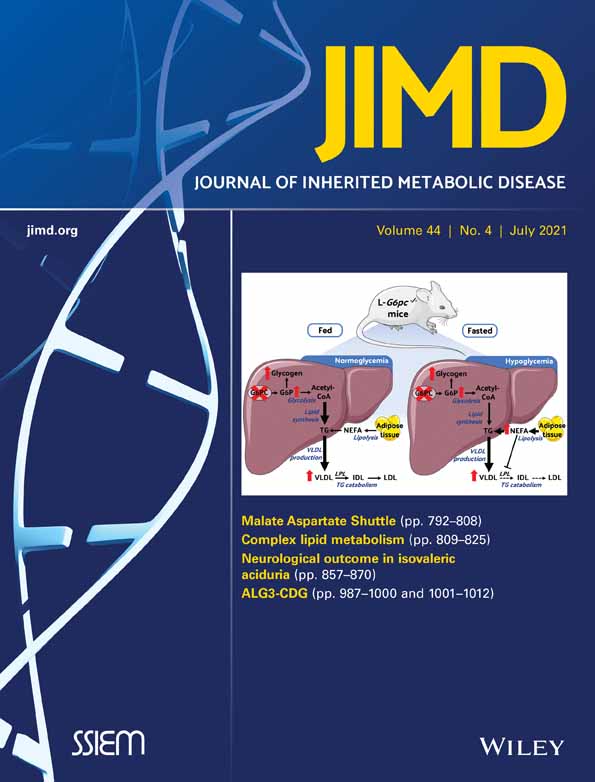Seizure phenotype in CLN3 disease and its relation to other neurologic outcome measures
An N. Dang Do is the guarantor for the article.
Funding information: Division of Intramural Research, Eunice Kennedy Shriver National Institute of Child Health and Human Development, Grant/Award Number: ZIA HD008989; National Institute of Mental Health, Grant/Award Number: 1ZICMH002961
Abstract
CLN3 disease is a pediatric neurodegenerative condition wherein seizures are common. The most common disease-causing variant is an ~1-kb deletion in CLN3. We investigated seizure phenotype in relation to genotype and to adaptive behavior, MR spectroscopy and CSF biochemical markers in a CLN3 cohort. We performed seizure phenotyping using clinical history, EEG, and the Unified Batten Disease Rating Scale (UBDRS) seizure score. We assessed correlations of seizure severity with disease severity (UBDRS capability), adaptive behavior composite score (ABC; Vineland-3), glutamate+glutamine+GABA and N-acetylaspartate+N-acetylaspartyl glutamate (MR spectroscopy), and CSF neurofilament light chain (NEFL) levels. In 20 participants, median age was 10.7 years (IQR = 7.8). Eighteen completed baseline EEG; 12 had a 1-year follow-up. Seizures were reported in 14 (8 1-kb deletion homozygotes), with median age at onset of 10.0 (IQR = 6.8). Epileptiform discharges were noted in 15 (9 homozygotes). Bilateral tonic clonic (n = 11) and nonmotor seizures (n = 7) were most common. UBDRS seizure score correlated with age (rp = 0.50; [0.08,0.77]; P = .02), UBDRS capability (rp = −0.57; [−0.81,−0.17]; P = .009) and ABC (rp = −0.66; [−0.85,−0.31]; P = .001) scores, glutamate+glutamine+GABA (rp = −0.54; [−0.80,−0.11]; P = .02) and N-acetylaspartate+N-acetylaspartyl glutamate (rp = −0.54; [−0.80,−0.11]; P = .02), and CSF NEFL (rp = 0.65; [0.29,0.85]; P = .002) levels. After controlling for age, correlations with ABC and CSF NEFL remained significant. In our CLN3 cohort, seizures and epileptiform discharges were frequent and often started by age 10 years without significant difference between genotypes. ABC and CSF NEFL correlate with UBDRS seizure score, reflecting the role of seizures in the neurodegenerative process. Longitudinal evaluations in a larger cohort are needed to confirm these findings.
CONFLICT OF INTEREST
The authors declare that they have no conflict of interest.
Open Research
DATA AVAILABILITY STATEMENT
The data that support the findings of this study are available from the corresponding author upon reasonable request.




